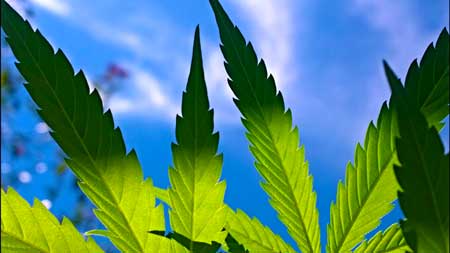Hey there! For details about the plant, please see my previous post, which should contain everything, including explanation why is it so stunted and sad.
Plant is 31 days old, OG Kush Autoflower Feminised.
According to my notes, it has now been 96+ hours since I watered. This is because apparently I have been overwatering the living hell out of my girl (300-500ml every 24 hours. I know now that it's way too much.)
I was advised to flush it out thoroughly because there is supposedly a lot of Nitrogen in the soil still, before I give it nutes (I've got the BioBizz tryout pack, will start with the Bloom - 0.5ml / 1L of water)
I bought pH test strips for soil, did multiple readings to confirm, also from other plants which use the same soil. The pH seems to be between 5.3 - 5.5. (Idiot me actually thought that if anything, it is too high and I almost tried pouring lemon juice on it before I posted here...)
I lowered the light by 10cm, now there's 60 cm between the light and the top of the plant. I was told elsewhere that this should be good because it entered flowering.
The plant also grew by another centimeter or so. Which is..good, I guess?
My questions:
Anyway, thank you and have a great weekend ahead!
Plant is 31 days old, OG Kush Autoflower Feminised.
According to my notes, it has now been 96+ hours since I watered. This is because apparently I have been overwatering the living hell out of my girl (300-500ml every 24 hours. I know now that it's way too much.)
I was advised to flush it out thoroughly because there is supposedly a lot of Nitrogen in the soil still, before I give it nutes (I've got the BioBizz tryout pack, will start with the Bloom - 0.5ml / 1L of water)
I bought pH test strips for soil, did multiple readings to confirm, also from other plants which use the same soil. The pH seems to be between 5.3 - 5.5. (Idiot me actually thought that if anything, it is too high and I almost tried pouring lemon juice on it before I posted here...)
I lowered the light by 10cm, now there's 60 cm between the light and the top of the plant. I was told elsewhere that this should be good because it entered flowering.
The plant also grew by another centimeter or so. Which is..good, I guess?
My questions:
- Soil seems thoroughly dry. I think the plant is asking for water too? Leaves curling a little bit - see the photos. Do I water now, or wait more? How much more?
- Is the light okay? Should I put it back up high to 70 cm? Is this why the leaves are curling a little bit?
- When to give it first dose of nutes? With the next watering?
- I was told to flush before giving nutes. Could someone please explain what exactly is flushing? Just pouring a ton of water?
- I have demineralized water. It's not exactly the same as distilled, but it should be ok. Do I use this with next watering, or just tap water? The tap water is pretty hard and contains too many minerals.
- (edit) also noticed that the stems are redd-ish now. Maybe this information will help? They are certainly more red than the first photo of the plant with the meter next to it.
Anyway, thank you and have a great weekend ahead!




Comment